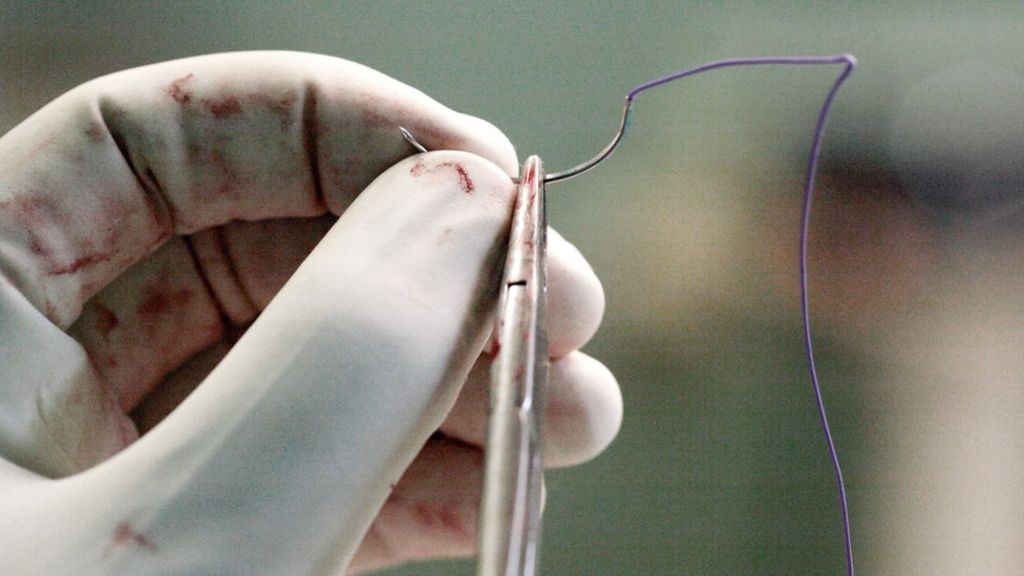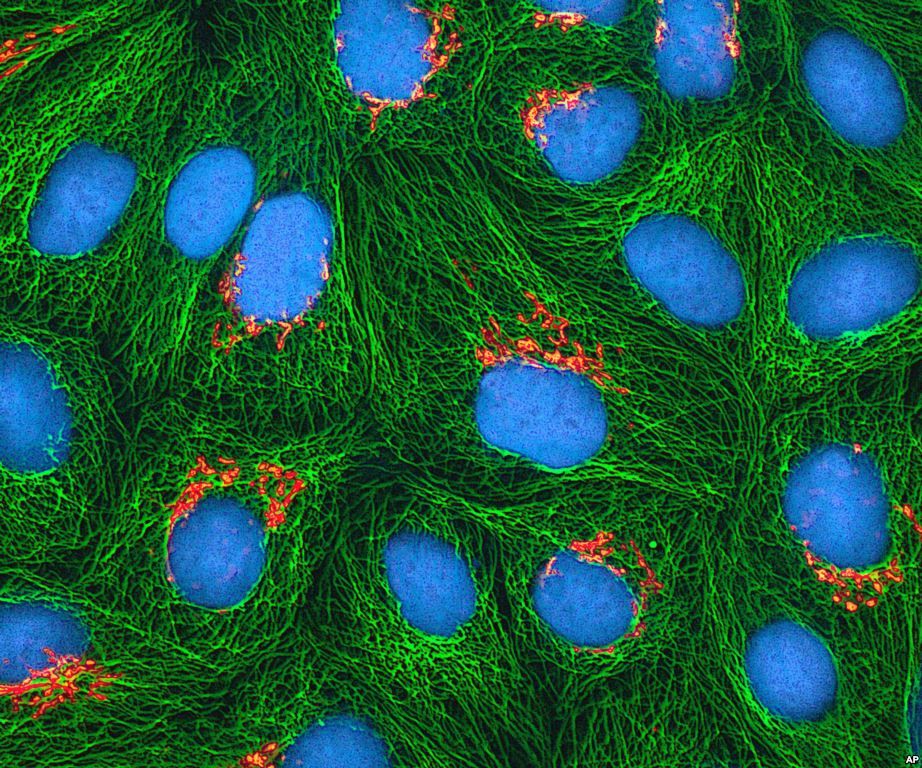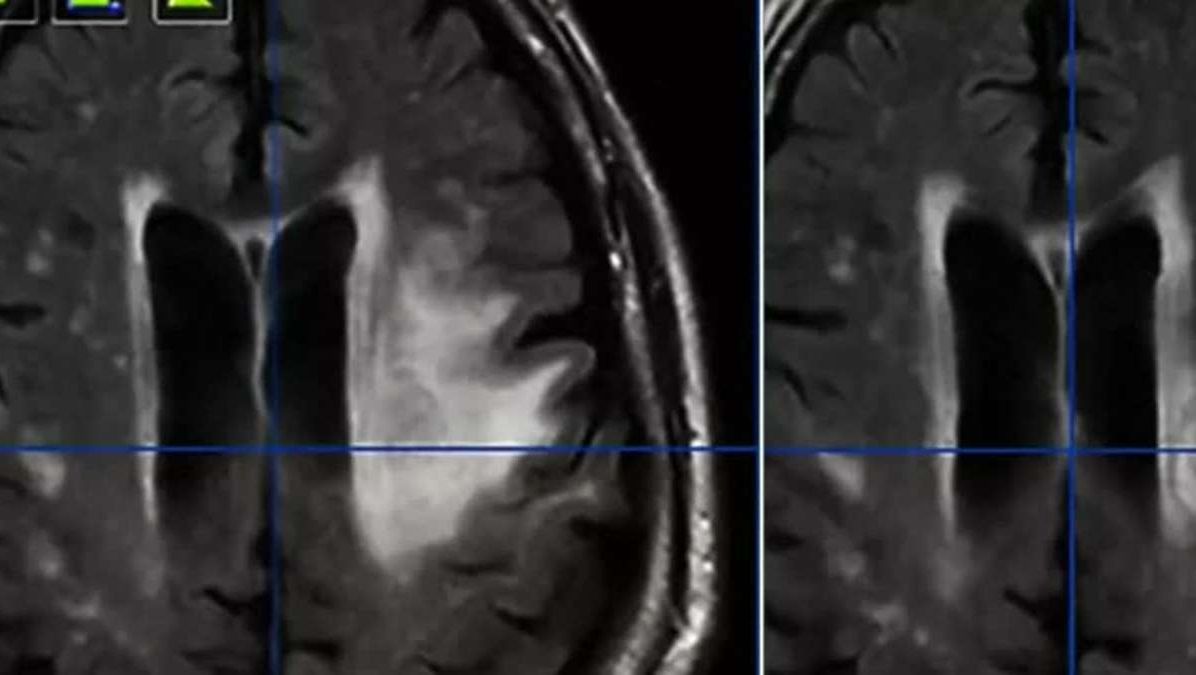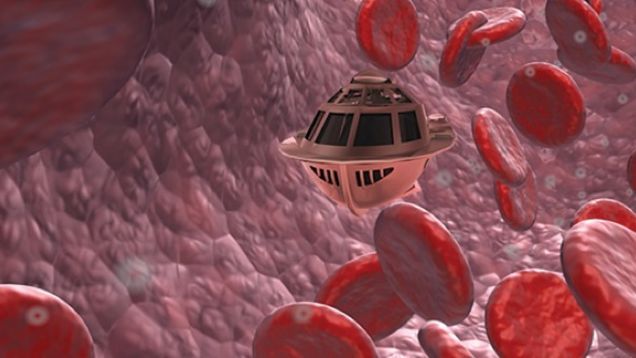Archive for the ‘neuroscience’ category: Page 934
May 5, 2016
Use Your Brain. Ditch Your Fitness Tracker
Posted by Karen Hurst in categories: health, neuroscience, wearables
Interesting approach.
If you’re at all interested in your health, it’s likely you’ve joined the 20 percent of Americans who’ve incorporated fitness trackers into their daily ensemble. From monitoring steps and daily activity to sleep, an ever-growing number of devices are tracking and analyzing our body’s data in an effort to make us better.
But how good is this tracking? Despite noble intentions, the scientific reality is that much of the data these trackers provide is insufficient and inaccurate — and in turn, are not as effective as they promise.
Continue reading “Use Your Brain. Ditch Your Fitness Tracker” »
May 5, 2016
Humans Are Fatter Than Primates, But It Fuels Our Bigger Brains
Posted by Karen Hurst in categories: energy, food, neuroscience
Left hemisphere of J. Piłsudski’s brain, lateral view.
A new study has found that a faster metabolism is the main reason that humans were able to evolve bigger brains than other closely related apes. Humans burned 635 more calories per day than gorillas, and a whopping 820 more calories per day than the orangutans in the study.
Although the study findings seem promising, more research on the issue is required since the research was performed only on adults.
Continue reading “Humans Are Fatter Than Primates, But It Fuels Our Bigger Brains” »
May 5, 2016
Unmanned robot surgery works in pig trial
Posted by Karen Hurst in categories: biotech/medical, neuroscience, robotics/AI
Here is the real challenge to ask the average parent or grandparent on the street: are you willing to allow your 5 year old child or grandchild to have a brain tumor removed by an autonomous robot without any trained & experienced surgeon or nurse supervision?
An unmanned robot has been used to stitch together a pig’s bowel, moving science a step closer to automated surgery, say experts.
Unlike existing machines, the Star robot is self-controlled — it doesn’t need to be guided by a surgeon’s hands.
Continue reading “Unmanned robot surgery works in pig trial” »
May 4, 2016
Our brain suppresses perception related to heartbeat, for our own good
Posted by Karen Hurst in categories: computing, neuroscience
An interesting and important twist for researchers studying the replication of the brain and thought processes in computers.
Researchers have discovered that the human brain suppresses the sensory effects of the heartbeat. They believe that this mechanism prevents internal sensations from interfering with the brain’s perception of the external world. This mechanism could also have something to do with anxiety disorders.
May 4, 2016
Laser Brain Cancer Treatment May Offer Extra Advantage
Posted by Karen Hurst in categories: biotech/medical, neuroscience, security
Neurosurgeons using lasers to treat brain cancer have discovered that the technique breaks down the blood-brain barrier, a finding that could lead to new treatment options for patients with the deadly disease.
The blood-brain barrier is sort of a natural “security system” that shields the brain from toxins in the blood but also blocks potentially helpful drugs such as those used in chemotherapy.
“We were able to show that this blood-brain barrier is broken down for about four weeks after you do this laser therapy,” said Dr. Eric Leuthardt, a professor of neurosurgery at Washington University in St. Louis. “So not only are you killing the tumor, you are actually opening up a window of opportunity to deliver various drugs and chemicals and therapies that could otherwise not get there.”
Continue reading “Laser Brain Cancer Treatment May Offer Extra Advantage” »
May 4, 2016
Breaking down brain barriers to fight cancer
Posted by Karen Hurst in categories: biotech/medical, neuroscience
Nice
Neurosurgeons using lasers to treat brain cancer have discovered the technique breaks down the blood-brain barrier, a finding that could potentially lead to new treatment options for the deadly disease. Ben Gruber reports.
May 3, 2016
The recently created World’s tiniest engine can enter living cells
Posted by Karen Hurst in categories: entertainment, neuroscience
No longer in the movies.
Specific regions of the brain are specialized in recognizing bodies of animals and human beings. By measuring the electrical activity per cell, scientists from KU Leuven, Belgium, and the University of Glasgow have shown that the individual brain cells in these areas do different things. Their response to specific contours or body shapes is very selective.
Facial recognition has already been the subject of much research. But what happens when we cannot recognize an animal or a human being on the basis of a face, but only have other body parts to go on? The mechanism behind this recognition process is uncharted territory for neuroscientists, says Professor Rufin Vogels of the KU Leuven Laboratory for Neuro- and Psychophysiology.
Continue reading “The recently created World’s tiniest engine can enter living cells” »
May 3, 2016
Brain Cells Divide The Work To Recognize Bodies
Posted by Karen Hurst in category: neuroscience
Specific regions of the brain are specialized in recognizing bodies of animals and human beings. By measuring the electrical activity per cell, scientists from KU Leuven, Belgium, and the University of Glasgow have shown that the individual brain cells in these areas do different things. Their response to specific contours or body shapes is very selective.
Facial recognition has already been the subject of much research. But what happens when we cannot recognize an animal or a human being on the basis of a face, but only have other body parts to go on? The mechanism behind this recognition process is uncharted territory for neuroscientists, says Professor Rufin Vogels of the KU Leuven Laboratory for Neuro- and Psychophysiology.
“Previous research in monkeys has shown that small areas in the temporal lobes — the parts of the brain near the temples — are activated when the monkeys look at bodies instead of objects or faces. Brain scans tell us that these regions of the brain correspond to the ones activated in human beings. But that only tells us which regions are active, not which information about bodies is passed on by their cells.”
May 3, 2016
Watch immune cells ‘glue’ broken blood vessels back together
Posted by Karen Hurst in categories: biotech/medical, genetics, neuroscience
Very cool!
As we age, tiny blood vessels in the brain stiffen and sometimes rupture, causing “microbleeds.” This damage has been associated with neurodegenerative diseases and cognitive decline, but whether the brain can naturally repair itself beyond growing new blood-vessel tissue has been unknown. A zebrafish study published on May 3 in Immunity describes for the first time how white blood cells called macrophages can grab the broken ends of a blood vessel and stick them back together.
“Microbleeding occurs very often in the human brain, particularly in elderly people,” says Lingfei Luo, a developmental geneticist at Southwest University in China. “We believe that this macrophage behavior is the major cellular mechanism to repair ruptures of blood vessels and avoid microbleeding in the brain.”
To simulate a human brain microbleed, Luo and his colleagues shot lasers into the brains of live zebrafish to rupture small blood vessels, creating a clean split in the tissue with two broken ends. Then, the researchers used a specialized microscope to watch what happened next.













